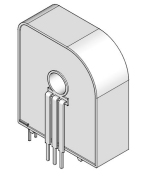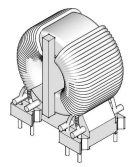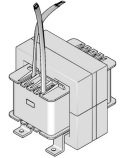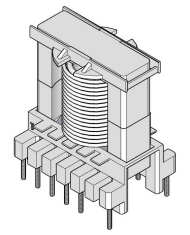MAGNETICS KNOWLEDGE


- High frequency transformer .
- CMC DMC and filter inductors.
- Power Factor correction.
- High-frequency inductors .
- low-frequency power line inductors.
- specially designed inductors for decoupling and filter applications.
- Ferrite / Nanocrystalline / Powder Material.
- Application onboard charger for electric Vehicels, line and noise filter exc.

